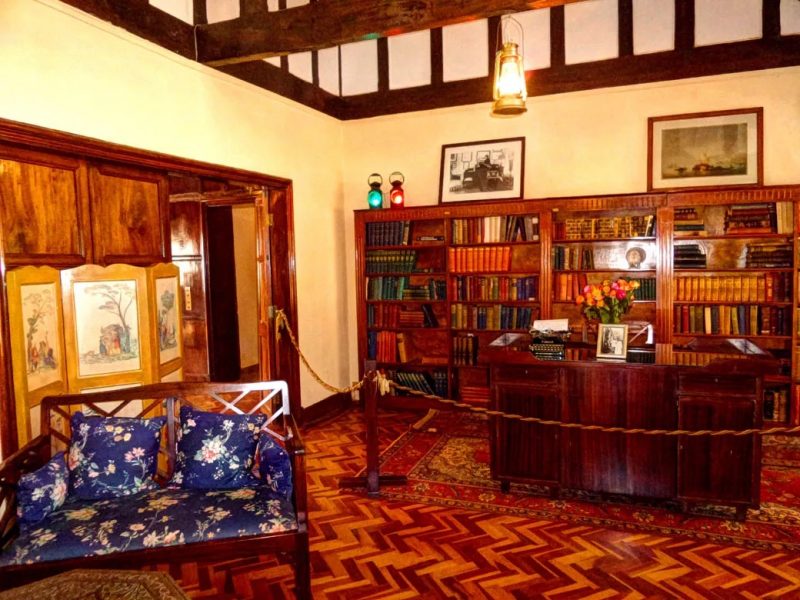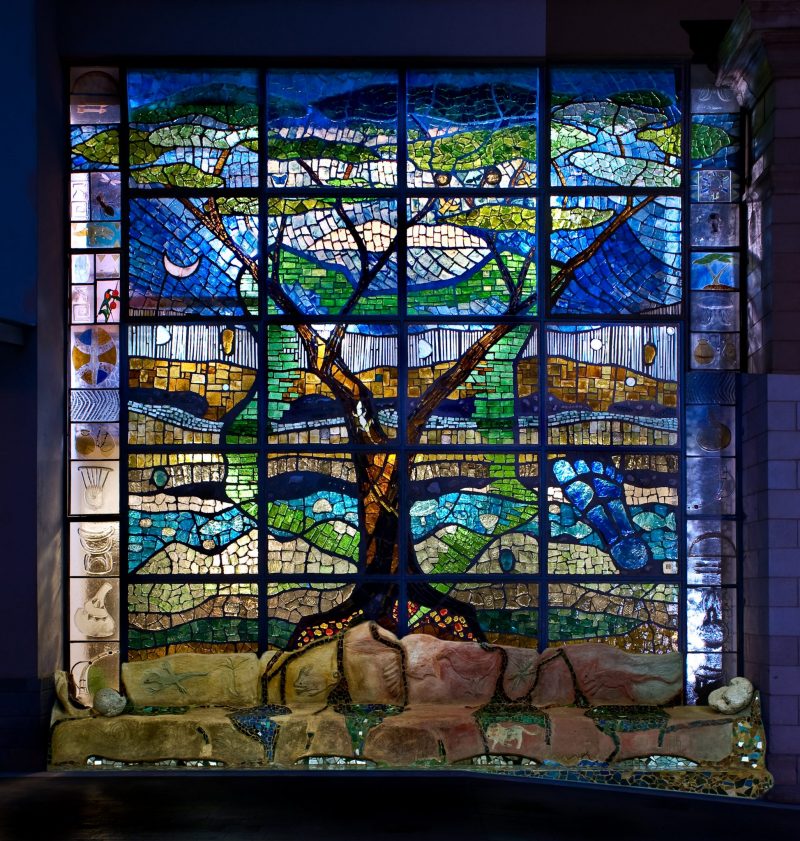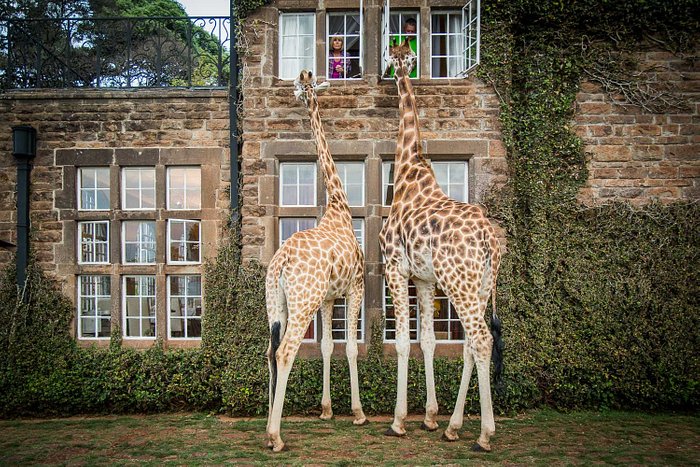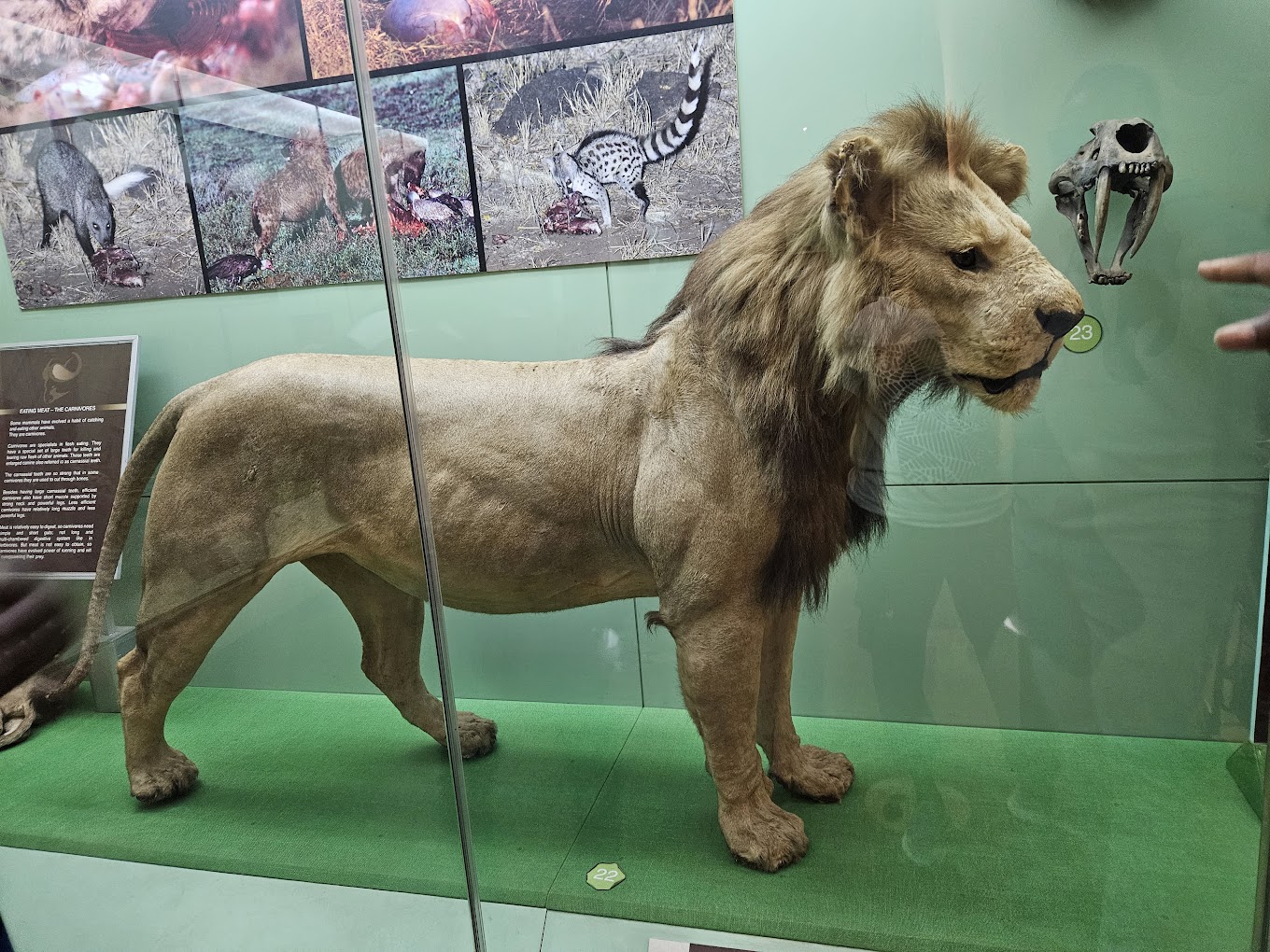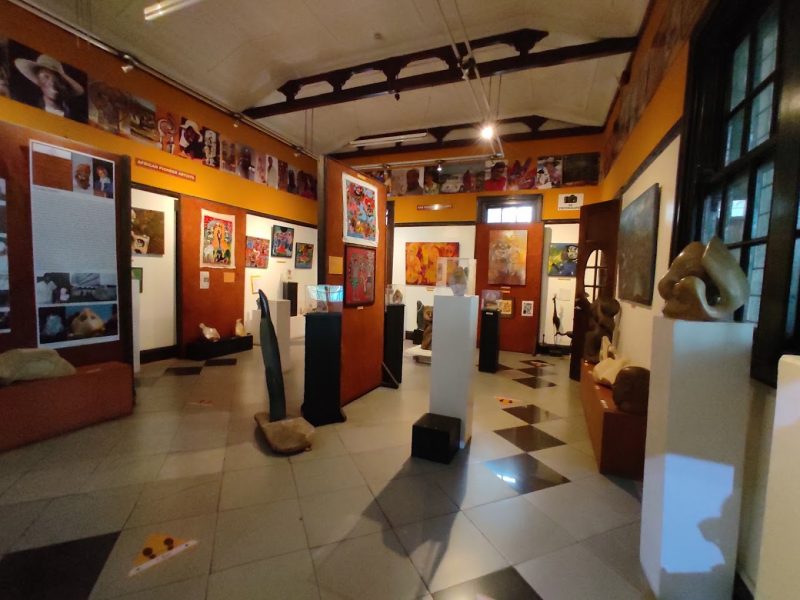The Karen Blixen Museum In Kenya
Karen Blixen museum stands as a tribute to Kenya’s most iconic figures, Karen Blixen. Her life and literary contributions have left an indelible mark on both Kenyan culture and world literature. Situated in the lush suburb of Karen, just outside Nairobi, this museum attracts visitors from around the globe. Understanding the rich history of the Karen Blixen Museum provides insight into the life of its namesake. It also highlights the significance of this cultural landmark within Kenya’s broader historical narrative.
Fame of Karen Blixen museum in Kenya
Karen Blixen was born on April 17, 1885, in Denmark. People know her because of the fame of Karen Blixen museum in Kenya. Her autobiographical book is Out of Africa. The book recounts her experiences living on a coffee plantation in Kenya. In 1914, she moved to East Africa with her husband, Baron Bror Blixen. He had planned to establish a coffee farm. Their marriage was tumultuous and ultimately ended in divorce. But Blixen remained in Kenya, managing the farm herself for many years.
Karen filled her time in Kenya with both personal struggles and profound connections with the local community. She developed deep relationships with her Kikuyu workers and became intimately involved with their culture, customs, and traditions. Her writings reflect this blend of personal and communal life, capturing the complexities of colonialism, love, and loss.
Origin of the museum
The Karen Blixen museum was established in 1968, long after Karen Blixen had returned to Denmark. The museum is housed in her former home, which she referred to as the coffee plantation. The estate includes the main house, guest cottage, and various outbuildings. They offer a glimpse into her life during her time in Kenya from 1914 to 1931.
After Blixen’s death in 1962, the Danish government took an interest in preserving her legacy. In 1968, the home was turned into a museum, and it became a cultural site. Here visitors could learn about Blixen’s life, her literary contributions, and the historical context of colonial Kenya. The establishment of the museum not only honours Blixen’s memory but also serves as an educational platform. It discusses the complexities of her life and the era in which she lived.
Architectural features of the museum
The Karen Blixen museum is an excellent example of early 20th-century architecture, reflecting both European styles and local influences. The main house, constructed in a style reminiscent of traditional Danish farmhouses, features wide verandas and high ceilings. The expansive windows that allow for plenty of natural light. The property is adorned with lush gardens, native trees, and beautiful views of the Ngong Hills, making it a serene location for reflection and learning.
Inside the museum, visitors can find a variety of artifacts, including furniture, personal items, and photographs that belonged to Blixen. The décor and layout of the house provide insight into her life, showcasing her taste and the influences of her time. The museum also displays numerous first editions of her works, letters, and personal journals, allowing visitors to connect more deeply with her literary legacy.
Blixen’s literary contributions
Karen Blixen’s literary work remains her most significant contribution to culture and the arts. “Out of Africa,” published in 1937, is her most famous book, blending memoir with storytelling. It recounts her experiences in Kenya, detailing her interactions with local people, her struggles with farming, and her observations about the beauty of the land. The book received critical acclaim and has been adapted into films, plays, and other artistic interpretations, further cementing her legacy.
In addition to Out of Africa, Blixen wrote under the pseudonym Isak Dinesen, producing several other notable works such as Seven Gothic Tales and Winter’s Tales. Her writing style is characterized by its poetic prose, philosophical insights, and deep empathy for her subjects. Through her narratives, Blixen explores themes of love, loss, and the complexities of human relationships, making her one of the most enduring voices in literature.
Cultural significance of the museum
The Karen Blixen museum is not merely a historical site. It plays a vital role in promoting cultural exchange and understanding. It serves as a bridge between Kenyan and Danish cultures, highlighting the shared history that binds them together. The museum hosts various events, workshops, and exhibitions that delve into Blixen’s work and the cultural context of her time.
Additionally, the museum provides a platform for discussions on colonialism, identity, and heritage. Visitors can engage with local historians and cultural practitioners, gaining insights into the socio-political landscape of Kenya during Blixen’s era. This interaction fosters a more nuanced understanding of the complexities surrounding her life and the impact of colonialism on indigenous communities.
Role of the museum in education
Education is a fundamental aspect of the mission of the Karen Blixen Museum. The institution offers educational programs tailored for schools and groups, focusing on Blixen’s life, her literary contributions, and the historical context of early 20th-century Kenya. Through guided tours and interactive sessions, students can explore themes such as colonialism, identity, and environmental conservation, making the museum a vital resource for educators.
In addition to school programs, the museum frequently collaborates with universities and cultural organizations to host seminars, workshops, and art exhibitions. These initiatives not only enrich the cultural landscape of Kenya but also promote critical thinking and dialogue about important social issues.
Visitor experience at the Karen Blixen museum
Visitors to the Karen Blixen Museum can expect a comprehensive experience that goes beyond a simple walkthrough of a historic home. Guided tours, which are highly recommended, provide detailed narratives about Blixen’s life and her relationship with Kenya. Tour guides, often trained in the history and literature of the region, share fascinating anecdotes and insights that bring the museum to life.
The museum also features a small gift shop, offering a selection of books, souvenirs, and local crafts. Purchasing items from the gift shop helps support the museum and the local artisan community, fostering sustainable tourism practices.
Museum’s connection to nature
The unique aspect of the Karen Blixen Museum is its connection to the surrounding landscape. The estate is in a region with stunning natural beauty, with panoramic views of the Ngong Hills and a diverse array of flora and fauna. The museum promotes eco-tourism by encouraging visitors to appreciate and engage with the environment.
Walking trails around the property allow guests to experience the local ecosystem firsthand. This interaction with nature not only enhances the visitor experience but also aligns with Blixen’s own deep appreciation for the land and its beauty, as reflected in her writings.
Challenges and preservation efforts
Like many historical sites, the Karen Blixen Museum faces challenges related to preservation and conservation. Environmental factors, such as climate change and urbanization, pose threats to the integrity of the site. The museum’s management engages in ongoing conservation efforts, working closely with local and international organisations to ensure the preservation of both the physical structure and the surrounding environment.
Efforts to maintain the museum include regular restoration projects, landscaping initiatives, and educational outreach programs aimed at raising awareness about the importance of preserving cultural heritage. These initiatives highlight the museum’s commitment to protecting the legacy of Karen Blixen and the broader historical context of Kenya.
Future of the Karen Blixen museum
As the Karen Blixen museum continues to evolve, its role in promoting cultural understanding and heritage preservation remains paramount. Plans for future developments include expanding educational programs and enhancing visitor experiences through innovative exhibitions that delve deeper into Blixen’s literary contributions and her impact on Kenyan culture.
The museum aims to remain a vibrant cultural hub, fostering dialogues about colonial history, cultural identity, and environmental conservation. By engaging with diverse audiences, the museum hopes to inspire future generations to appreciate and reflect on the complexities of history and literature.
Paying homage to Karen Blixen
The Karen Blixen museum stands as a testament to the life and legacy of one of Kenya’s most celebrated figures. Through its rich history, architectural beauty, and cultural significance, the museum offers visitors a unique opportunity to explore the intricate tapestry of Kenyan heritage. By honoring Karen Blixen’s contributions to literature and fostering discussions on colonialism and identity, the museum serves as a vital resource for education and cultural exchange.
As you step into the world of Karen Blixen, reflect on her life’s journey, the beauty of the Kenyan landscape, and the enduring power of storytelling. The museum preserves the memory of a remarkable woman. It also serves as a bridge connecting the past to the present. This makes it a must-visit destination for anyone interested in the intersection of culture, history, and literature in Kenya.

